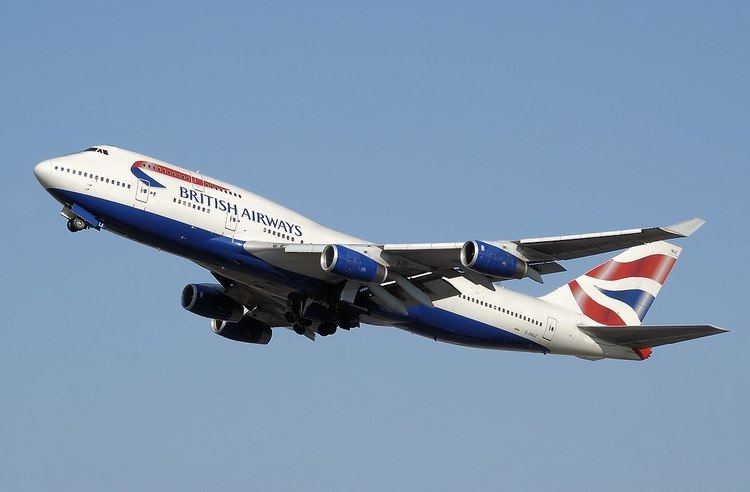 | ||
As of January 2017, a total of 61 Boeing 747 aircraft, or just under 4% of the total number of 747s built, first flown commercially in 1970, have been involved in accidents and incidents resulting in a hull loss, meaning that the aircraft has either been destroyed or has been damaged beyond economical repair. Of the 61 Boeing 747 aircraft losses, 32 resulted in no loss of life; in one, a hostage was murdered; and in one, a terrorist died. Some of the aircraft that were declared damaged beyond economical repair were older 747s that sustained relatively minor damage. Had these planes been newer it would have been economically viable to repair them, although with the 747's increasing obsolescence this is becoming less common. 747s have been involved in accidents resulting in the highest death toll of any aviation accident, the highest death toll of any single airplane accident and the highest death toll of a mid-air collision, although, as with most airliner accidents, the roots of causation in these incidents involved a confluence of multiple factors which rarely could be ascribed to flaws with the 747's design or its flying characteristics.
